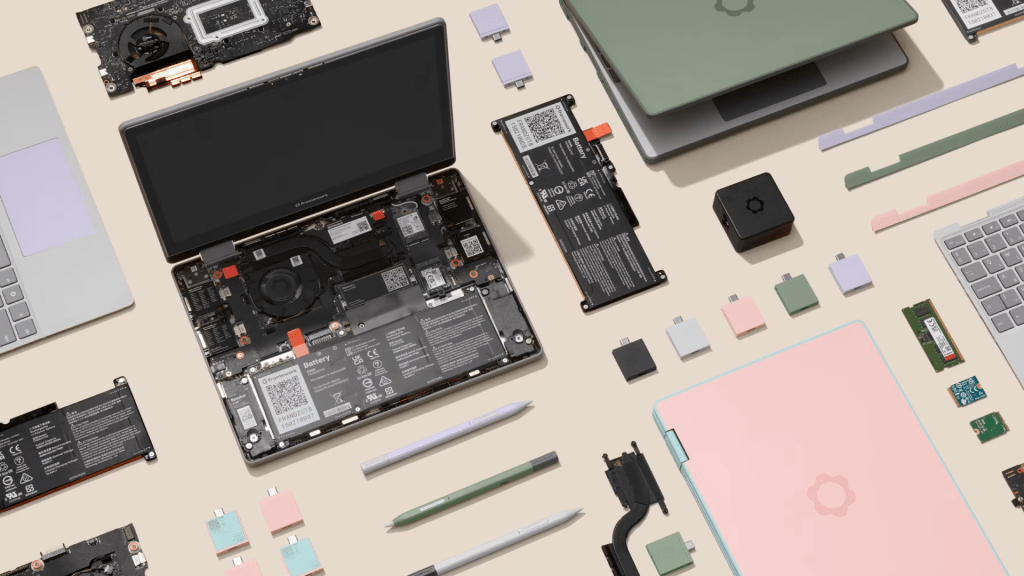Intel is currently enhancing the modularity of its laptop designs, aiming to provide manufacturers greater flexibility while allowing consumers to upgrade or replace specific components. Gokul Subramaniam, the vice president of Intel’s Client Computing Group and president of Intel India, emphasized that recent generations of Intel’s designs have increasingly incorporated modular elements to facilitate diverse laptop configurations by companies like Asus and Acer.
Understanding Modularity in Laptops
Modular design, traditionally associated with desktop PCs, allows for easy component replacement. This principle enables users to swap out hard drives or SSDs without much hassle. Conversely, laptops have typically been viewed as sealed units, limiting access to internal components. The growing trend towards modularity aims to change that perspective, allowing for easier repairs and upgrades, and ultimately enhancing user customization options.
Intel’s Strategic Approach
Intel’s initiative involves collaborating closely with PC manufacturers to create modular designs at various levels. This includes the system level, where Intel is co-designing motherboard layouts that can accommodate different laptop sizes while utilizing the same core components. For example, a single design may work for both a 16-inch and a 14-inch laptop, making it easier to switch between models.
Additionally, Intel is working on breaking down laptop motherboards into smaller, interconnected boards, allowing users to select and connect specific modules for tailored performance. Subramaniam highlighted M.2 modules as a key aspect of this modular approach, facilitating the easy swapping of components.
User-Level Modularity
Modularity extends to consumers, enabling features such as user-replaceable SSDs. Some manufacturers have started to address the right-to-repair movement by allowing better access to laptop internals. Framework, for example, has capitalized on this concept, offering laptops with easily interchangeable ports. This adaptability caters to varying consumer needs, as users may wish to upgrade devices like webcams without incurring significant costs.
Challenges and Industry Perspective
Despite Intel’s enthusiasm for modular designs, the focus appears primarily on what benefits PC vendors rather than end users. Subramaniam did not indicate the introduction of a consumer-focused modular design that would allow significant user-level upgrades, such as a complete motherboard replacement. The current landscape does not suggest a movement similar to the Open Compute Project in the laptop sector, which would support a standardized approach for modular laptops.
Future of Modular Laptops
As the demand for modularity grows, manufacturers face questions about practicality. Will pursuing modular features result in bulkier devices? Will companies opt for the ease of assembly at the expense of innovative engineering? These considerations will shape the future of laptop design as Intel continues to explore modular solutions.
While Intel expresses a commitment to modularity, its implementation in the broader PC industry remains to be seen, indicating that the journey towards fully modular laptops is just beginning.

